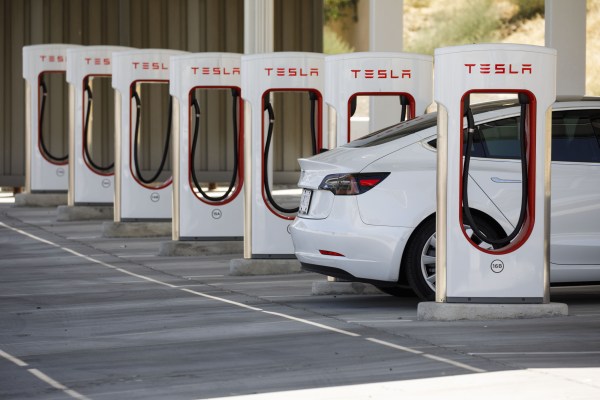Tesla exaggerated the range estimates for its EVs for years, prompting owners to flood its service center over concerns that their vehicles needed service, according to a new detailed Reuters report. The investigation, citing anonymous sources and industry experts, found that the directive to use algorithms to give rosier range numbers came from CEO Elon Musk.
As sales exploded, service requests also grew. To thwart the influx of requests and help keep costs in check, Tesla created a special “diversion team” dedicated to handle so-called “range cases” — meaning owners complaining of lower ranges than expected.
Diversion team members were trained to tell owners that the EPA-approved range estimates were just a prediction. They would also provide tips to customers on how to extend range. The end goal? To cancel those appointments, which would save the company as much as $1,000 a visit, the Reuters investigation found.
It should be noted that Reuters reported that it is unable to determine whether Tesla still uses algorithms that boost in-dash range estimates.
Tesla has been caught falsely advertising its range estimates before. As the report noted, South Korea regulators fined Tesla earlier this year $2.1 million for falsely advertising driving ranges on its local website between August 2019 and December 2022. The Korea Fair Trade Commission also found that Tesla failed to inform owners that cold weather can reduce its cars’ range. The commission cited tests showing Tesla cars lost up to 50.5% of the company’s claimed ranges in cold weather.
In the U.S., Tesla has so far avoided fines by regulators. But since the 2020 model year, the U.S. Environmental Protection Agency has required Tesla to reduce the range estimates the automaker wanted to use in advertising by an average of 3%.
One of the nagging problems with range estimates is their variability, which allows some automakers to push the boundaries of the system. While the EPA does review and approve those estimates, it allows automakers to use one of two methods to reach those figures: use a standard formula that converts fuel economy results, or conduct additional tests to come up with their own range estimate. Tesla has always done the latter, which gives far better numbers.
